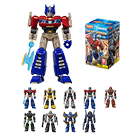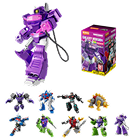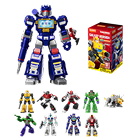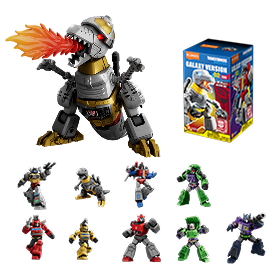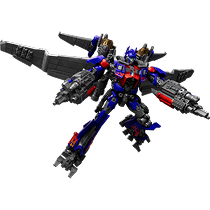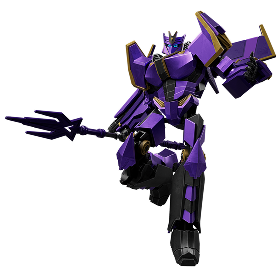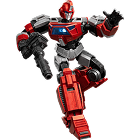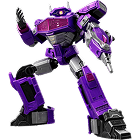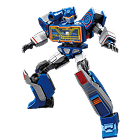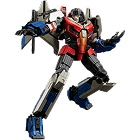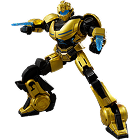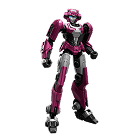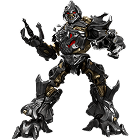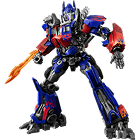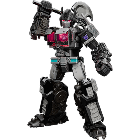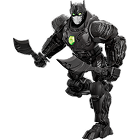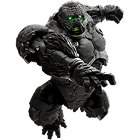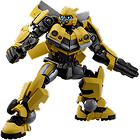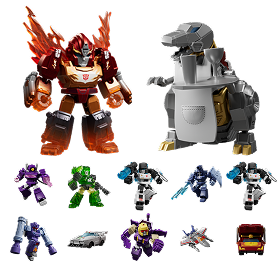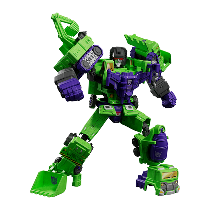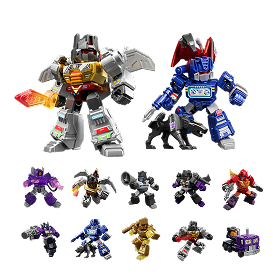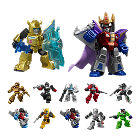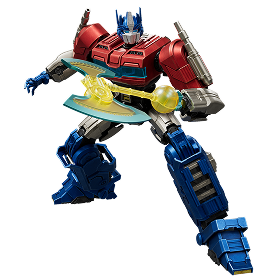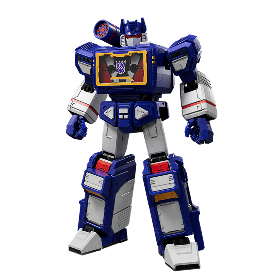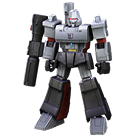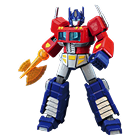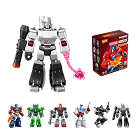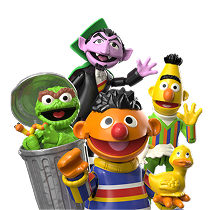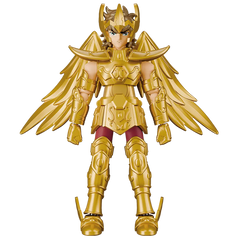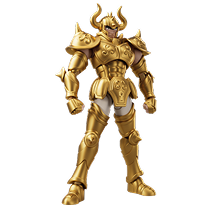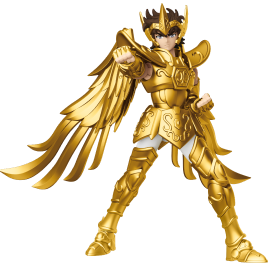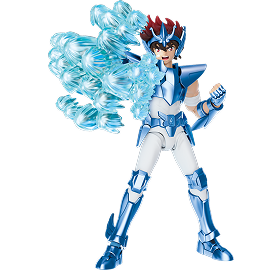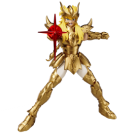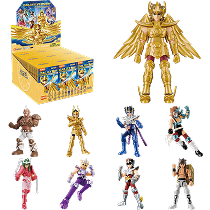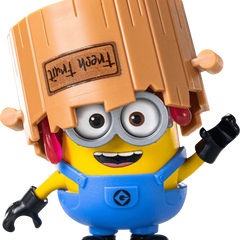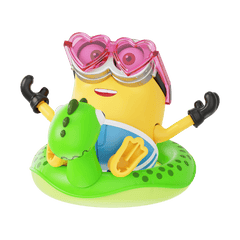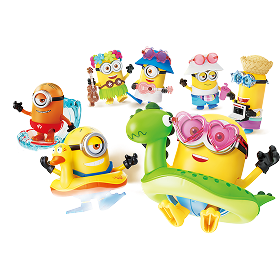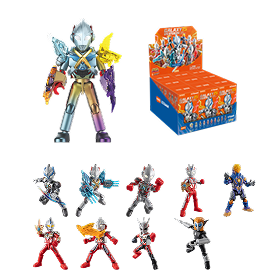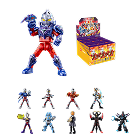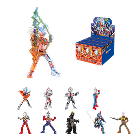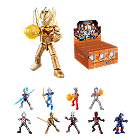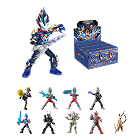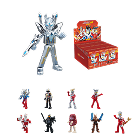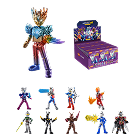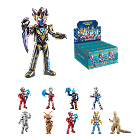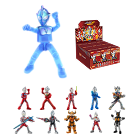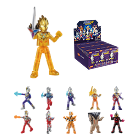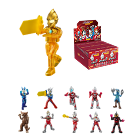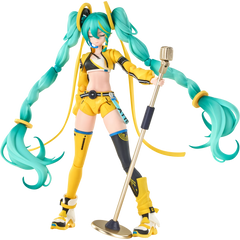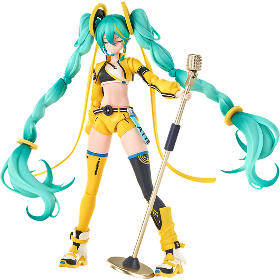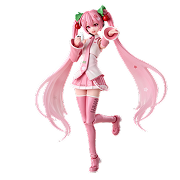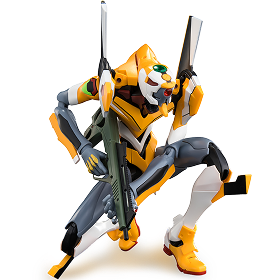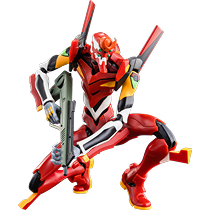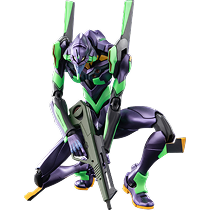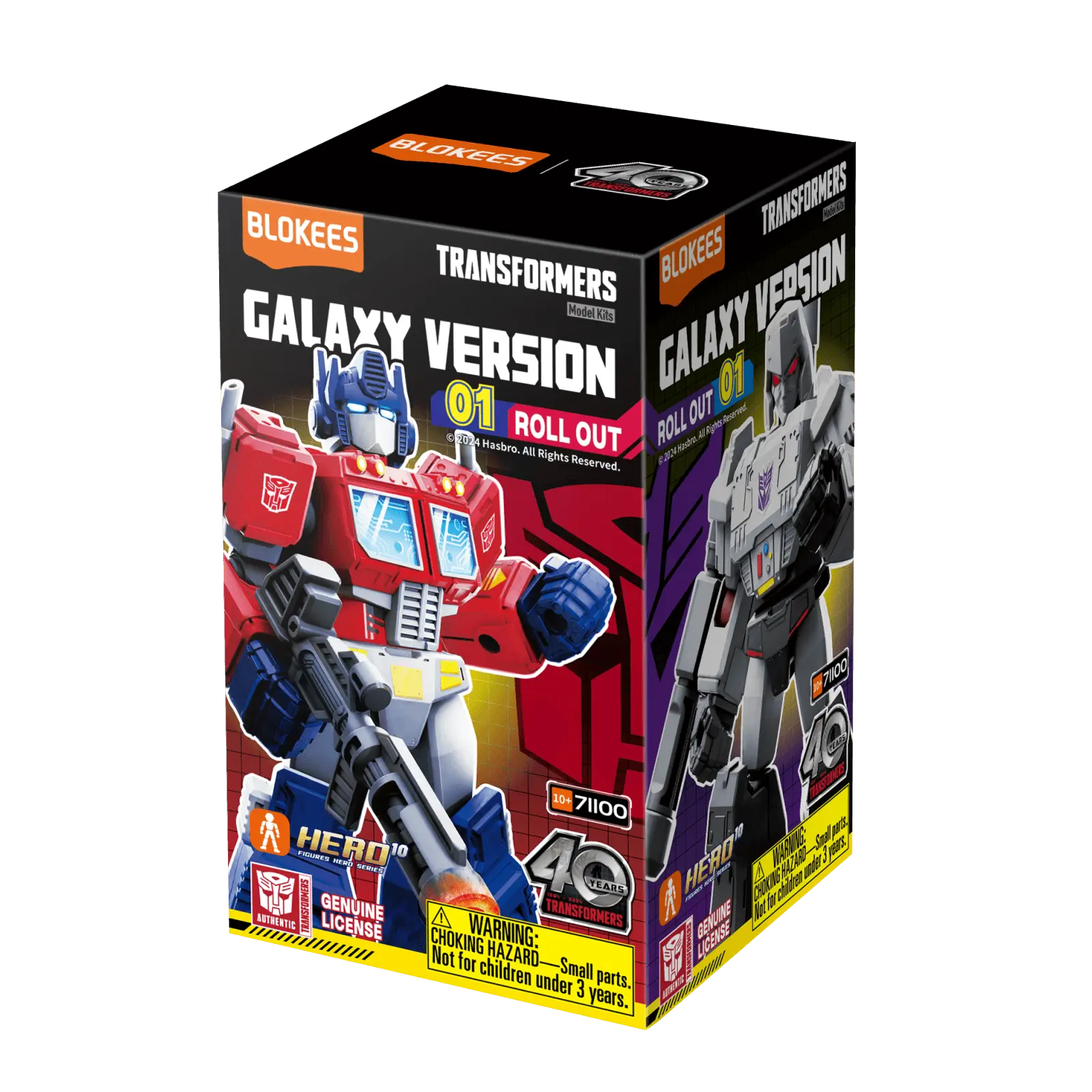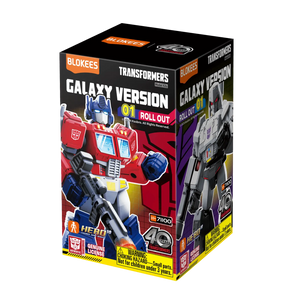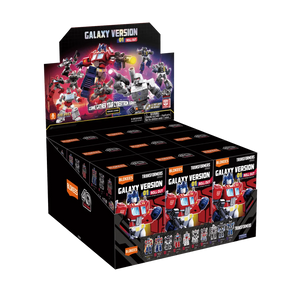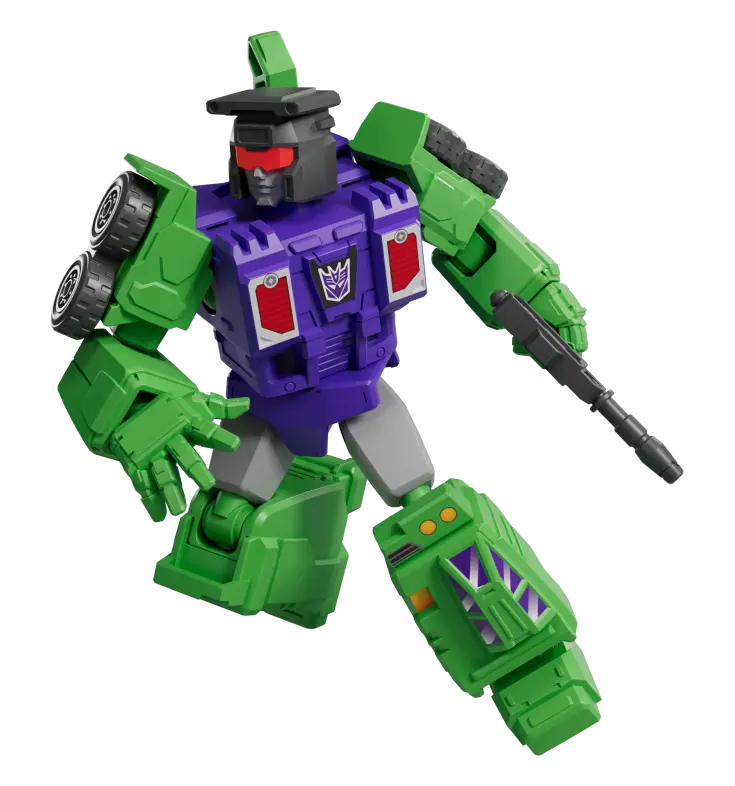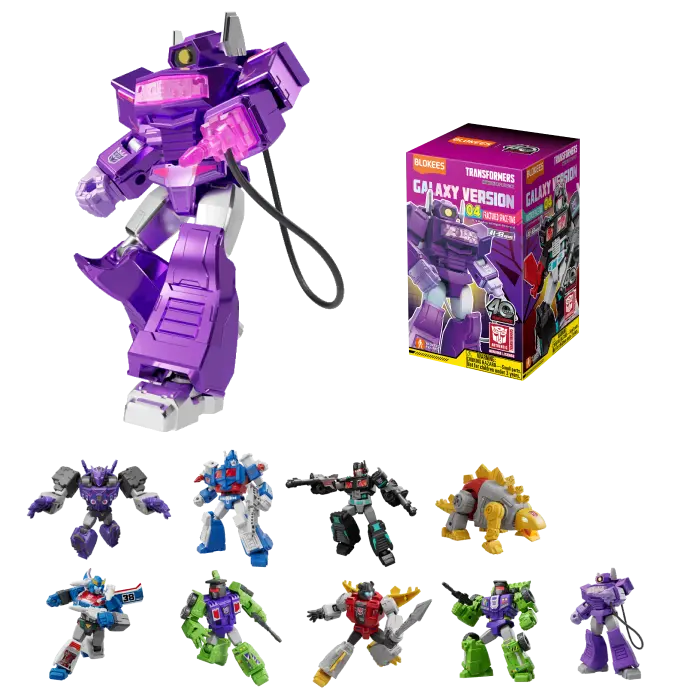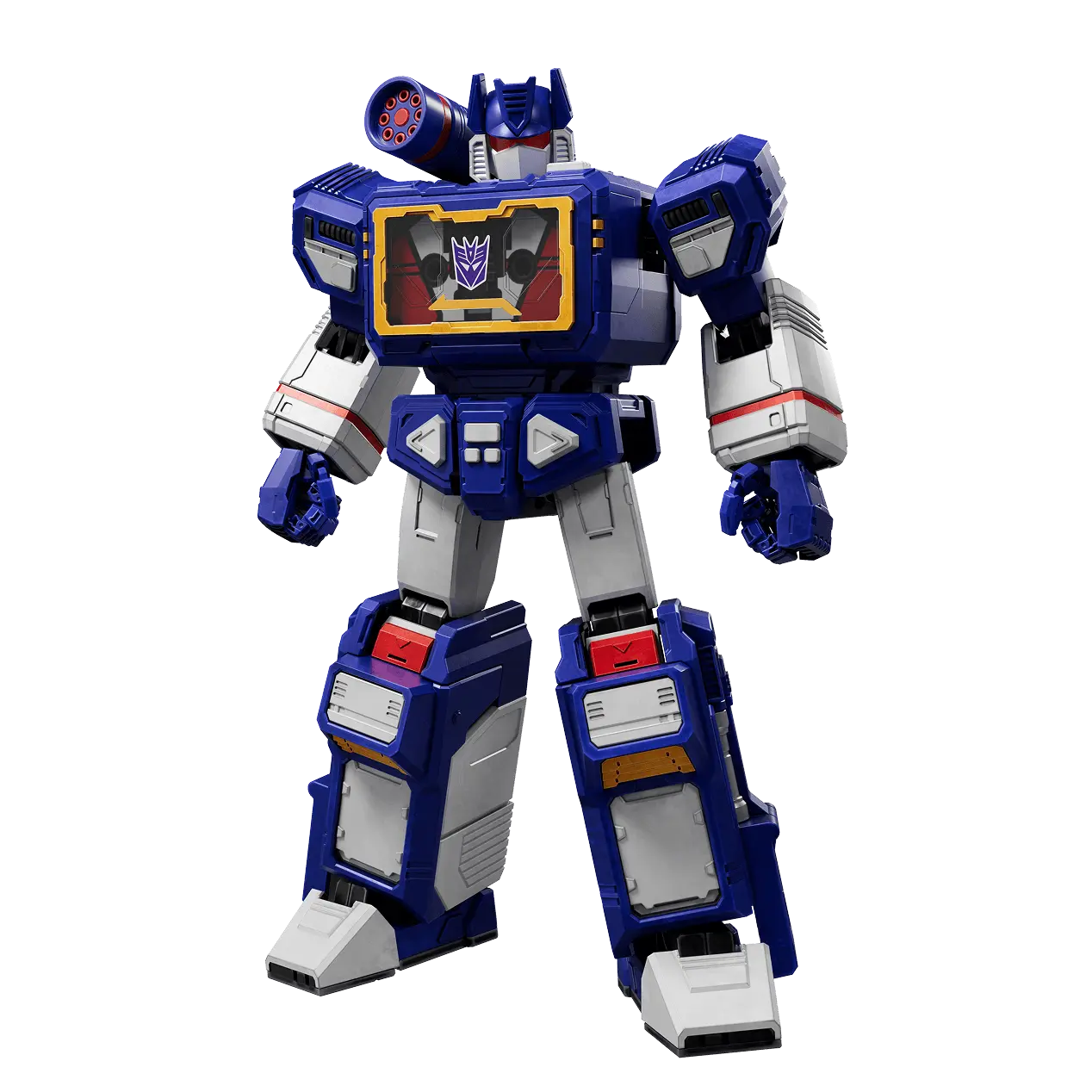Hatsune Miku is a global virtual idol, instantly recognizable by her turquoise twin tails, futuristic outfits, and energetic performances. Yet, many fans ask: “What anime is Hatsune Miku from?”
The answer may surprise some—Hatsune Miku isn’t originally from an anime series. She is a VOCALOID software voicebank developed by Crypton Future Media in 2007. Miku was created for music production, not as a character in an anime. Her popularity, however, has crossed into anime, games, and other media.
This guide will explain her origins, the connection to anime, and how fans engage with her digitally and physically through merchandise.
Origins of Hatsune Miku
Hatsune Miku was developed by Crypton Future Media using Yamaha’s VOCALOID 2 software. VOCALOID is a singing synthesis technology that allows users to create songs using digital voicebanks. Miku’s voice comes from Japanese voice actress Saki Fujita, who recorded the phonetic sounds that form her singing.
- Release Date: August 31, 2007
- Voice Actor: Saki Fujita
- Software: VOCALOID 2, later updated to VOCALOID 3, 4, and 5
Her character design by KEI (illustrator) helped her gain popularity as a visual identity, not tied to any specific anime story. This unique origin makes her different from traditional anime characters.
Is Hatsune Miku From Any Anime?
Technically, Miku did not originate from an anime. Her stories and appearances are fan-created or part of multimedia projects inspired by her image.
However, she appears in several anime and games, often as a guest or crossover character:
- “Miku Hatsune: Project DIVA” – A rhythm game series featuring Miku and other VOCALOID characters.
- “Hatsune Miku: Magical Mirai” – Not an anime, but live concert films with animated segments.
- Crossover Anime Appearances: Miku occasionally appears in cameos in promotional content and fan-made animations.
So while Miku is present in anime-related media, she did not originate from a traditional anime series.
Why Fans Associate Miku with Anime

Hatsune Miku is often mistaken for an anime character because:
- Art Style: Her design reflects anime aesthetics—large expressive eyes, stylized hair, and futuristic outfits.
- Animated Content: Many of her music videos are fully animated in anime style.
- Fan Art and Doujinshi: Fans worldwide create anime-style illustrations of Miku.
- Merchandising: like Fantastics Series Hatsune Miku Vivid Echoes give her a 3D, collectible form reminiscent of anime characters.
This combination of animation, music, and visual design makes her feel like she belongs in anime, even though she started in software.
Miku’s Impact on Anime Culture
Although she’s not an anime character originally, Miku has influenced anime culture profoundly:
- Character Archetype: Her twin-tails and futuristic outfit inspired numerous anime characters.
- Music Integration: Many anime series now feature songs inspired by VOCALOID music or collaborations with Miku.
- Global Recognition: Anime fans worldwide know her as a virtual idol, similar to popular human anime idols.
Fans can now purchase and toys from Blokees, like:
These collectibles bring her anime-inspired design into real-world spaces.
Fan-Made Anime Projects Featuring Miku
Fans have created countless anime-style projects featuring Hatsune Miku:
- Fan Animations: YouTube and NicoNico Douga host thousands of Miku animations in anime style.
- Music Video Shorts: Original songs often include fully animated characters.
- Collaborative Projects: Fans collaborate internationally to produce anime-style stories featuring Miku.
These fan creations reinforce the association between Miku and anime, further blurring the lines between software-based idol and animated character.
How Miku’s Identity Blends With Anime
Miku’s success shows how virtual characters can cross media boundaries:
- Digital-first Identity: Designed as a software voicebank, she gained visual identity through fan art and official illustrations.
- Music Videos: Many VOCALOID songs include anime-style animations, creating narrative worlds.
- Merchandising: and toys allow fans to “own” a piece of her anime-style world, bridging the digital and physical.
Examples include the Fantastics Series available on Blokees, which brings her music, design, and performance energy to life.
Popular Anime-Style Hatsune Miku Appearances

Though she’s not originally from an anime, she appears in anime-style contexts:
- Project DIVA Anime Segments: Animated storylines embedded in rhythm games.
- Magical Mirai: Concert films feature animation bridging real and virtual worlds.
- Anime Music Videos: Fan-created or official videos often depict her in anime worlds.
These appearances reinforce her role as a virtual anime icon.
Miku in Merchandise and Collectibles

Fans who love Miku’s anime-style look can engage with her through merchandise:
- Action: Fantastics Series Hatsune Miku Official Outfit
- Seasonal Variants: Sakura Miku
- Collectible Toys: Available on Blokees, reflecting her anime-inspired design for fans worldwide.
These tangible products make Miku feel like an anime character you can hold, even though she is entirely digital.
Conclusion
So, what anime is Hatsune Miku from?
The answer: she isn’t from any anime originally. She is a virtual singer and a cultural phenomenon born from VOCALOID software. Her iconic anime-inspired design, fan-created animations, and multimedia projects have cemented her as a permanent fixture in anime culture.
Fans continue to celebrate her through music, animation, cosplay, and collectibles, keeping her alive in the hearts of anime enthusiasts worldwide. To explore more, check out Blokees’ Hatsune Miku Toy Collection and Fantastics Series.
Frequently Asked Questions
Did Hatsune Miku ever star in a full anime series?
No, she hasn’t starred in a traditional anime. She appears in games, fan-made animations, and concert films with anime-style visuals.
Why does Miku look like an anime character?
Her character design by KEI was inspired by anime aesthetics—big eyes, colorful hair, and stylized clothing.
Can I watch anime featuring Miku?
You can watch animated music videos, fan projects, or rhythm game cutscenes where she is depicted in anime style.
Where can I buy Hatsune Miku?
You can find official on Blokees, including the Fantastics Series and seasonal variants.









